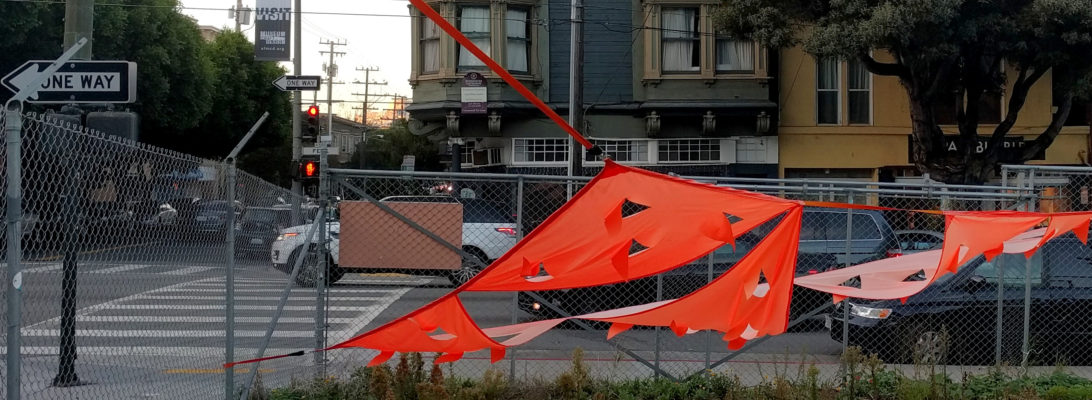Just found this great, although older, article from the SPUR Urbanist, which discusses the growth in job markets outside of traditional city downtowns and the effect on transit, land use, commuting decisions, etc. I found this particularly interesting re: the discussion about commuter vanpools and so on at the TransportationCamp “Employers and Transit” session on Saturday.
The article recognizes that many jobs ARE going to be and continue to be located at various ex-urban locations. According to the authors, the key is getting some jobs back in transit and density heavy downtowns, as well as pursuing strategies to get companies to localize around suburban transit hubs, as well as densifying sprawling highway-side campuses in order to service their transit needs in a better way than single-vehicle-occupancy high-mile trips.

Great shot of highway 101 in San Mateo from Flickr user jeroen020
I think this is a very interesting issue to look at, having a personal interest in the juncture of land use with transportation issues (as well as the attendant issues of GHG emissions, quality of life, and sprawl). Does anyone have a good resource on the potential of the California SB 375 law? I’m currently trying to learn more about this legislation, and being new here, don’t have the network and resources yet to formulate a good idea of the key stakeholders. I’d appreciate some tips on great articles or sites to check out!



